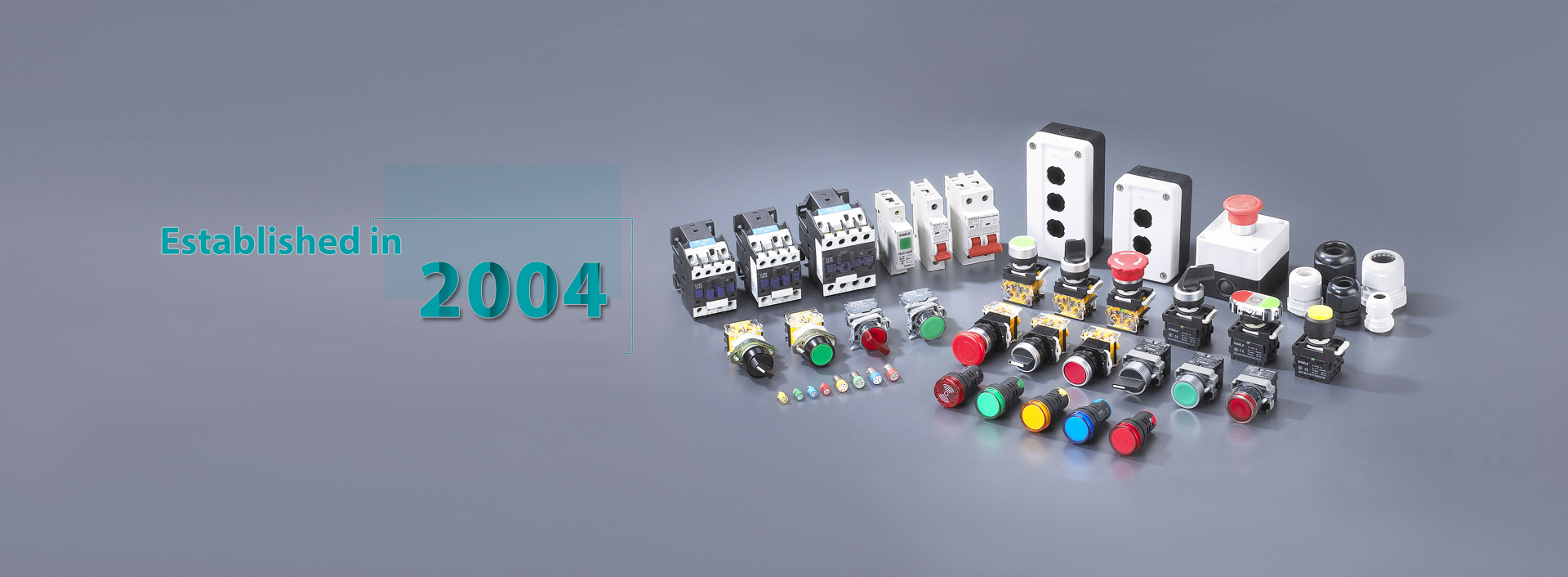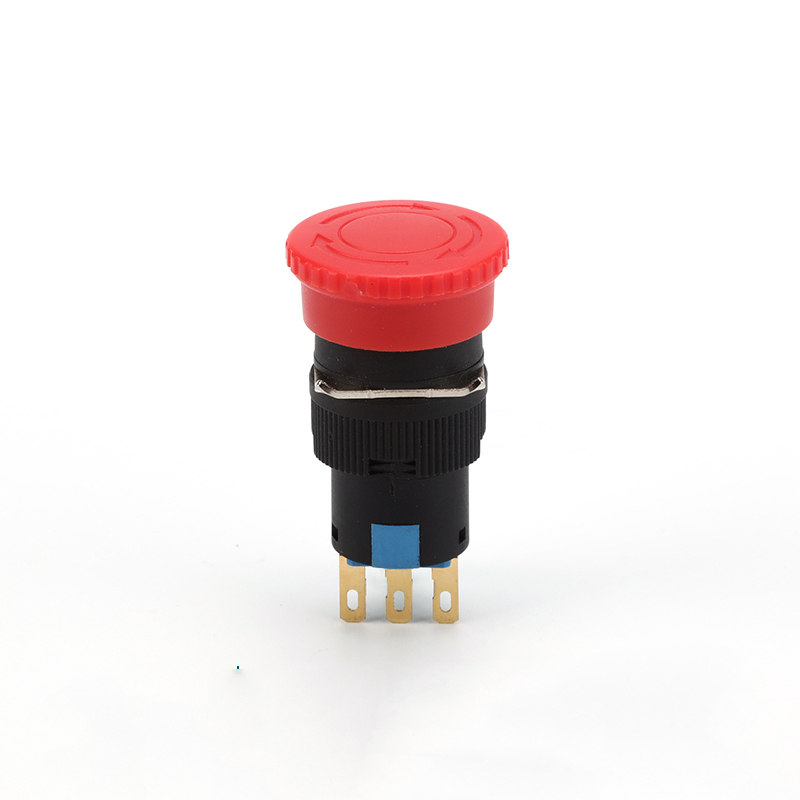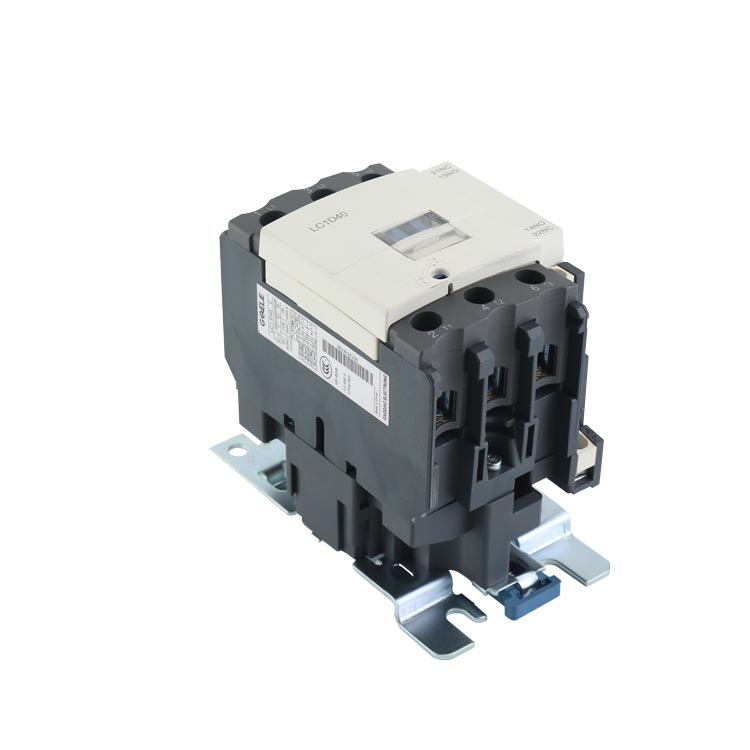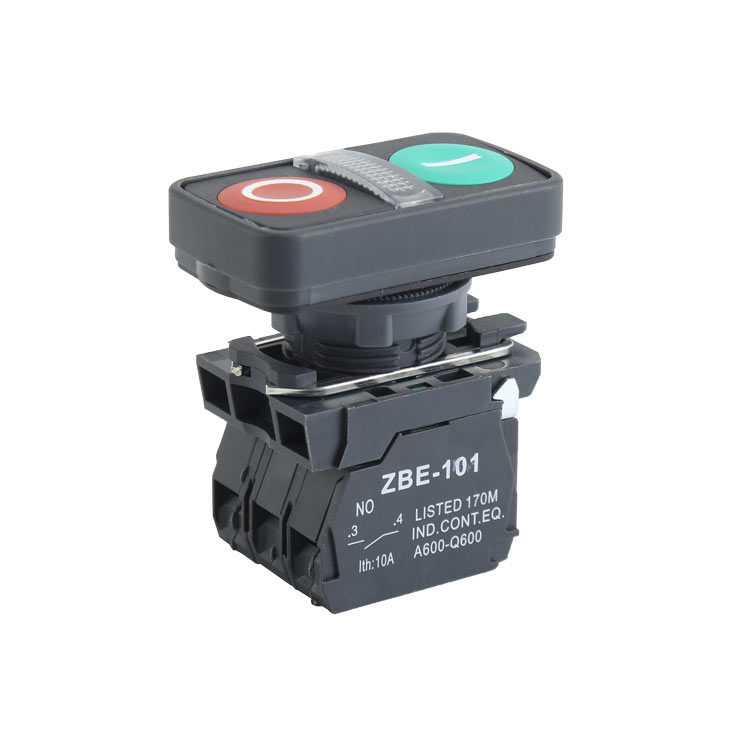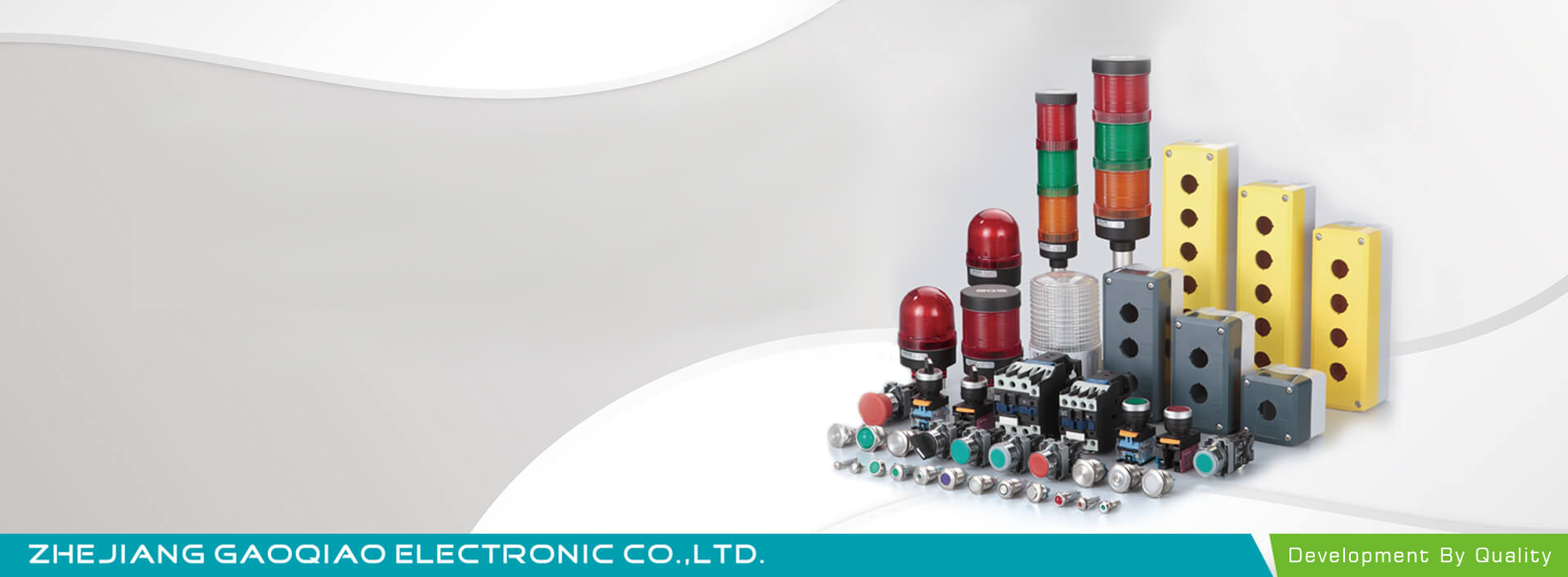
16mm Plastic AD116-16D 24v Green Screw Terminal Led Indicator

LA115-A5-11XD High Quality 1NO & 1NC Two Gears Self-locking Selector Switch Push Button With Light Better Price Waterproof

3.AD116-22DS High Quality Φ22 LED Indicator Light With Black Shell And Yellow Light

LA115-5-D Green Plastic Round Momentary Illuminated Flush Push Button Head With Green Light

LA115-A1-11CXD High Quality 1NO+1NC 2- Position Maintained Selector Push Button Switch With Long Handle and Illuminated
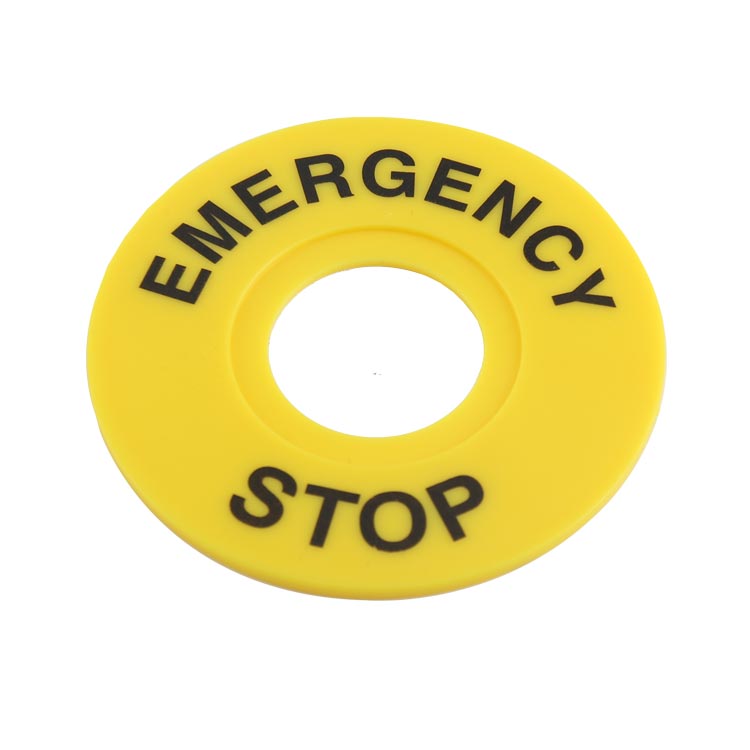
GXB2-ER60 Φ60 Yellow&Black Emergency Stop Push Button Warning Emergency Stop Sign
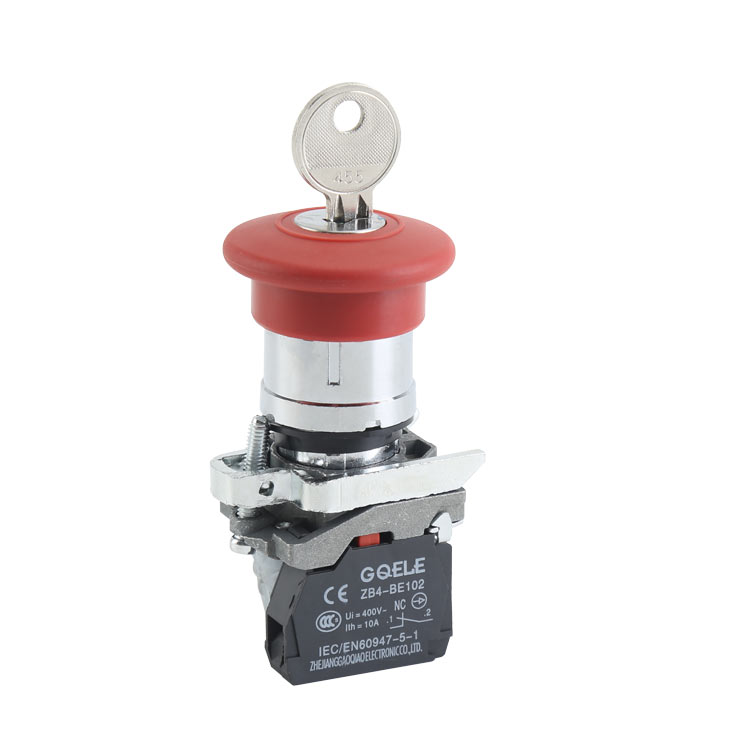
High Quality 1NC Emergency Stop Push Button Switch With Key Control Emergency Stop & Mushroom Shape Head & Rotating Reset

GOB1-X271

Led Signal Tower Light 24V for CNC Machine AL70-RYG-31P4

LA115-A5-11HFD 1NO+1NC Momentary & Higher Flush Push Button With Illuminated Round Shape Head And High Quality

LA115-B8-11Y 1NO&1NC 2-postition Self-locking Key-operated Key Selector Push Button Switch With Round Plastic Head

LA115-5-EBD Φ22 ~ Φ30 Momentary Adjustable Round Red Flush Push Button Head With Illumination And Symbol


